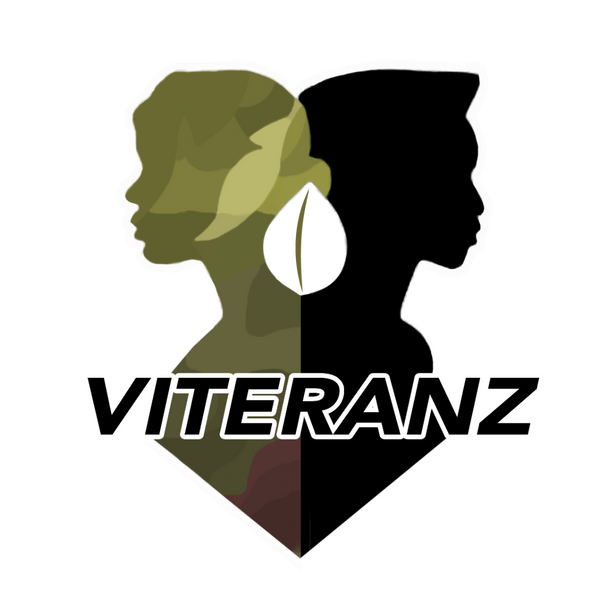
Understanding PTSD and Schizophrenia: Breaking Down Misconceptions and Celebrating Resilience
Unveiling the Shadows: Understanding PTSD and Schizophrenia
Unveiling the Shadows: Understanding PTSD and Schizophrenia
Introduction: The Complexity of the Human Mind
In the intricate maze of the human mind, there exist conditions that are often misunderstood and stigmatized - PTSD and Schizophrenia. These two distinct mental health conditions share a common thread: they significantly disrupt an individual's life and well-being.
PTSD: A Ghost from the Past
Post-Traumatic Stress Disorder (PTSD) is a mental health condition triggered by a terrifying event, either experienced or witnessed. It's akin to a specter from the past that haunts the present, refusing to be banished. Symptoms can include flashbacks, nightmares, severe anxiety, and uncontrollable thoughts about the event.
Schizophrenia: A Distorted Reality
Schizophrenia, on the other hand, is a severe mental disorder where individuals interpret reality abnormally. It's akin to living in a perpetual house of mirrors, with distorted reflections and perceptions. Schizophrenia can result in hallucinations, delusions, and extremely disordered thinking and behavior that impairs daily functioning.
Delving Deeper: The Nature of PTSD and Schizophrenia
PTSD is like an echo of a traumatic event that reverberates within a person. It's not about 'getting over it' or 'moving on'. It's a psychological wound that needs time and care to heal. Conversely, Schizophrenia is like being caught in a mental tempest. It's not about 'snapping out of it' or 'getting a grip'. It's a chronic condition that requires lifelong treatment.
Misconceptions: Schizophrenia is Not a Split Personality
People often mistake schizophrenia for a split personality or multiple personality disorder, which is a different and rarer mental illness. It's not about Jekyll and Hyde or a villain from a thriller flick. It's about living in a world that's constantly shifting and changing, making it hard to distinguish between what's real and what's not.
The Intersection: PTSD and Schizophrenia
The intersection of PTSD and Schizophrenia is a complex one. Studies have shown that individuals with schizophrenia are more likely to have experienced trauma, and hence, are at a higher risk of developing PTSD. This can create a vicious cycle, where one condition fuels the other, trapping the individual in a whirlwind of their mind.
Breaking the Stigma: Acceptance and Understanding
We need to shatter the stigma associated with mental health issues. They are not a sign of weakness or a character flaw. They are medical conditions, just like heart disease or diabetes. We need to foster a culture of understanding and empathy, where people feel safe to seek help without fear of judgment or discrimination.
The Importance of Early Intervention
Early intervention is key in managing these conditions. The sooner the diagnosis, the better the chances of managing the symptoms. This requires awareness and education, to recognize the signs and understand the importance of professional help.
Treatment: A Tailor-Made Approach
Treatment is a crucial step in managing these conditions. This can include psychotherapy, medication, and self-care strategies. It's not a one-size-fits-all solution, but a tailor-made plan that suits the individual's needs and circumstances.
Conclusion: Celebrating Resilience
PTSD and Schizophrenia are not life sentences. With the right help and support, individuals can lead fulfilling lives, breaking free from the shackles of their conditions. It's a journey, not just for them, but for us as a society, towards understanding, acceptance, and compassion. It's time we recognized the strength and resilience of those living with PTSD and Schizophrenia, celebrating their stories, and supporting their journey towards healing and recovery. After all, it's in understanding the shadows that we can truly appreciate the light.
